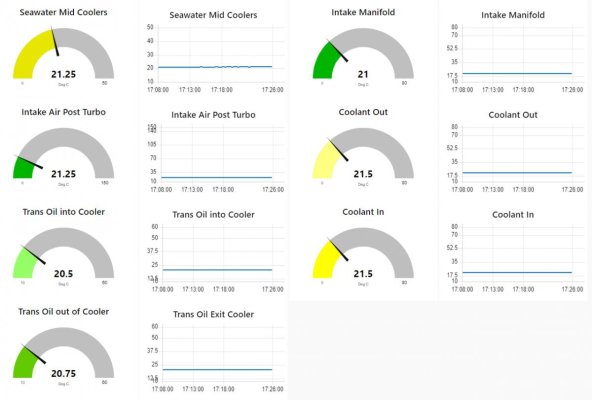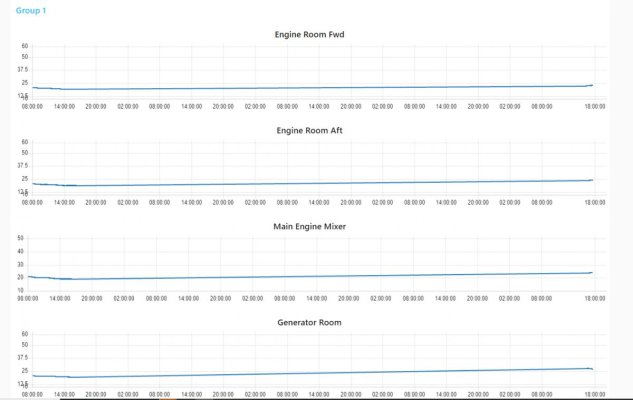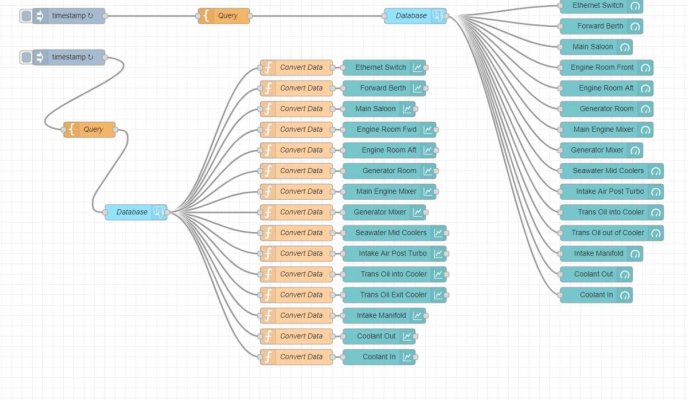3208T's are still used in some SAR boats in the UK at 285hp and have a very good reputation for reliability.
Being SAR they run from cold to WOT and take a lot stick but on the other hand they are rigorously maintained and have regular blood tests.
They burn oil and used to eat head gaskets which was put down to a disagreement between the coolant and the head gasket but other than that they are ok.
I've no experience of the higher output variants but as plenty of others have said, might not be ideal for the application
And if they don't start on the first flick of the key then something isn't right!
Being SAR they run from cold to WOT and take a lot stick but on the other hand they are rigorously maintained and have regular blood tests.
They burn oil and used to eat head gaskets which was put down to a disagreement between the coolant and the head gasket but other than that they are ok.
I've no experience of the higher output variants but as plenty of others have said, might not be ideal for the application
And if they don't start on the first flick of the key then something isn't right!



